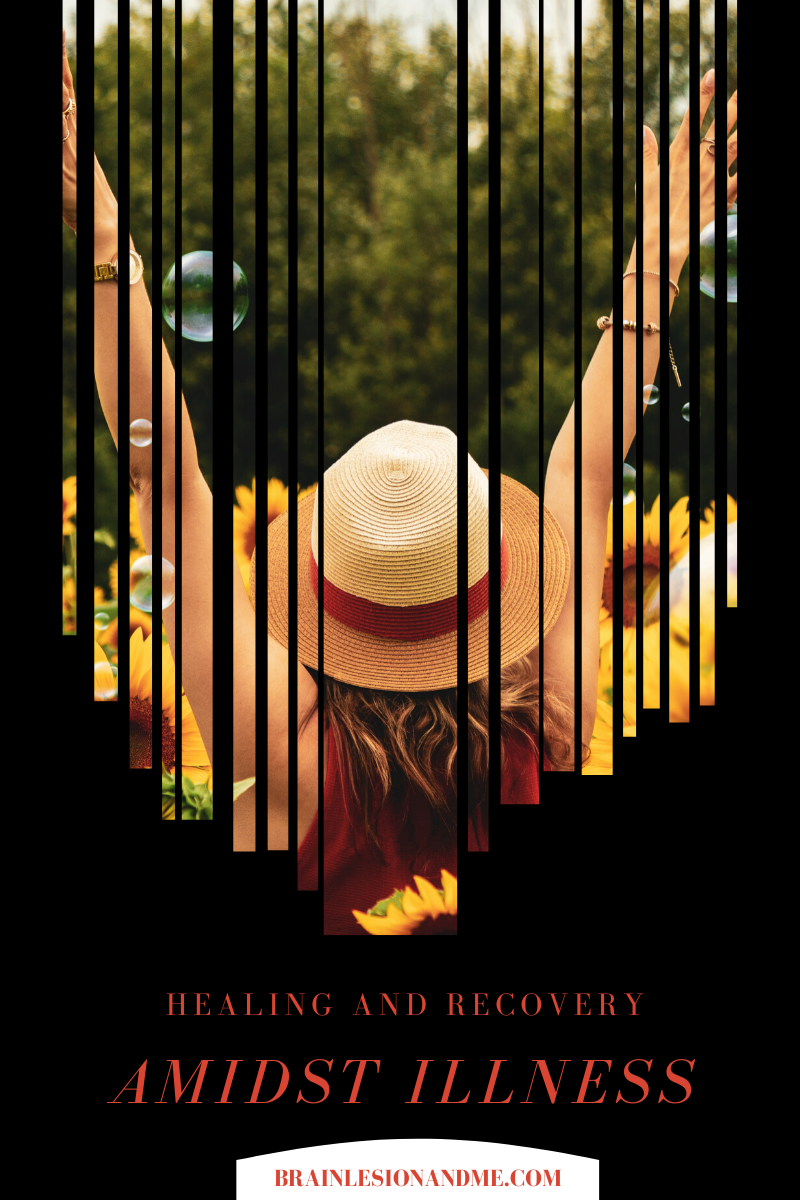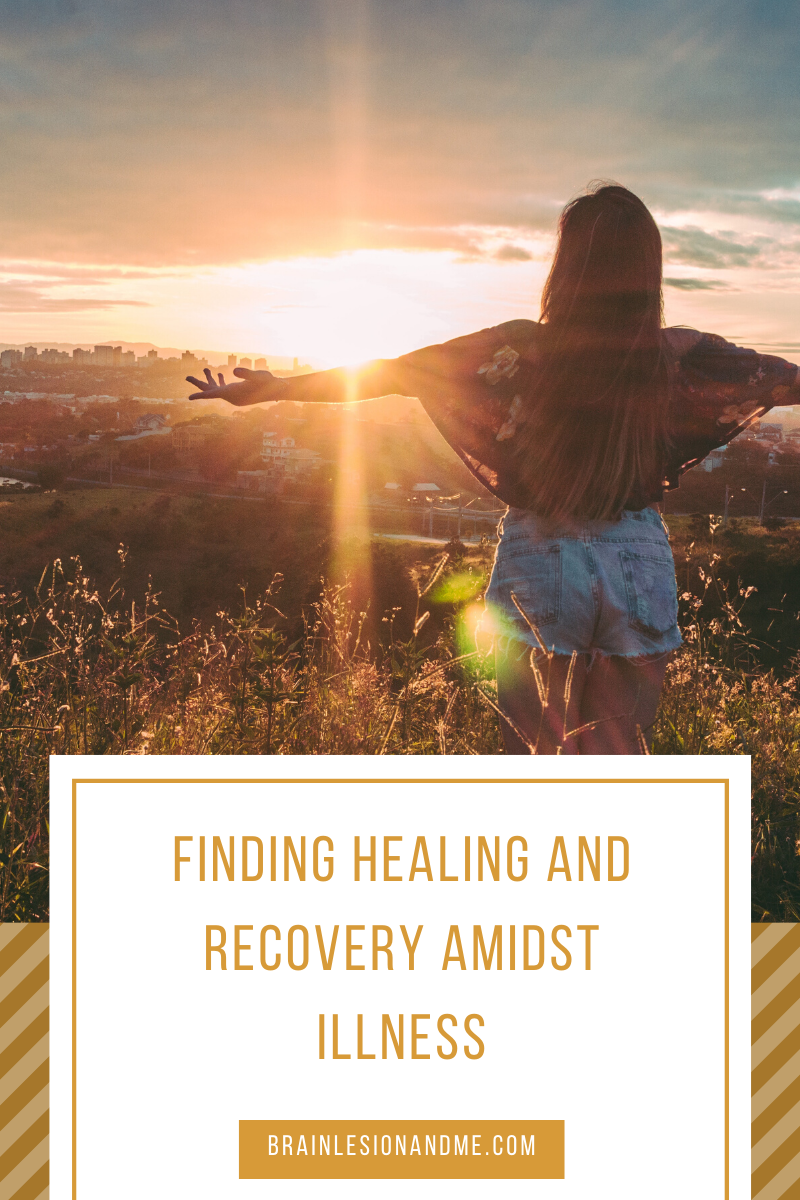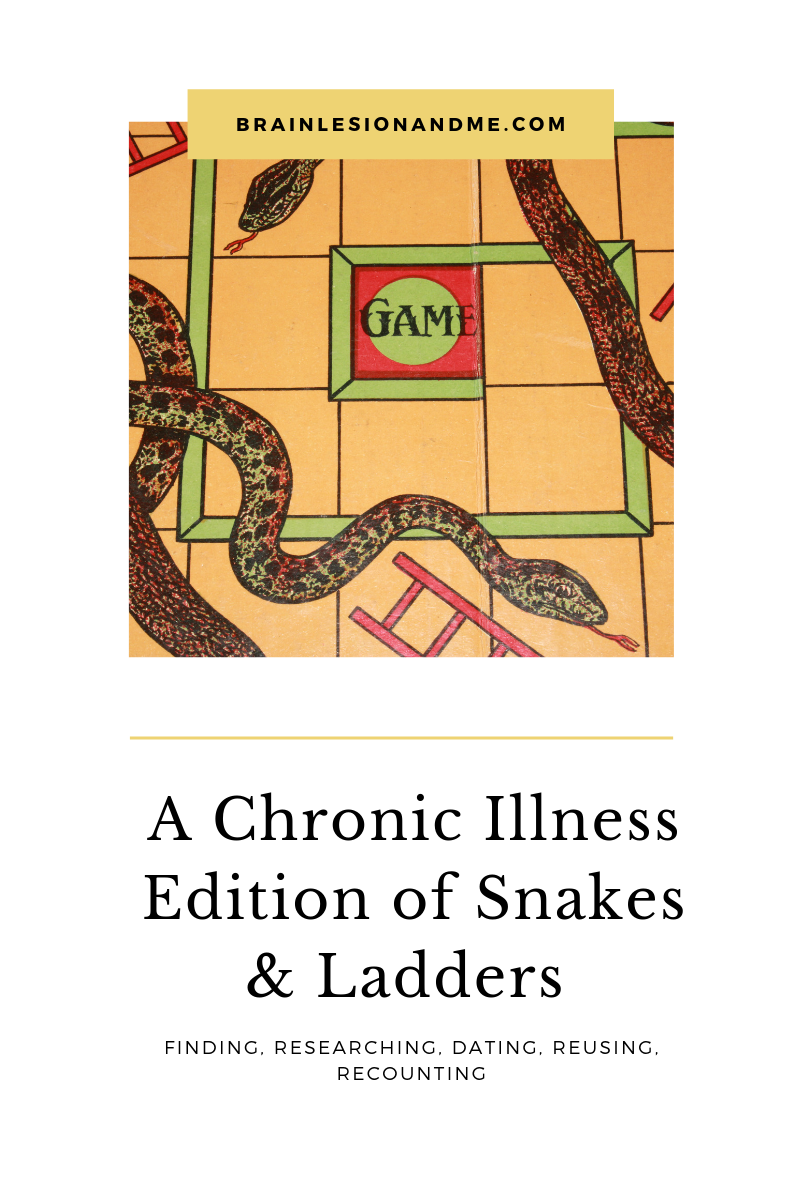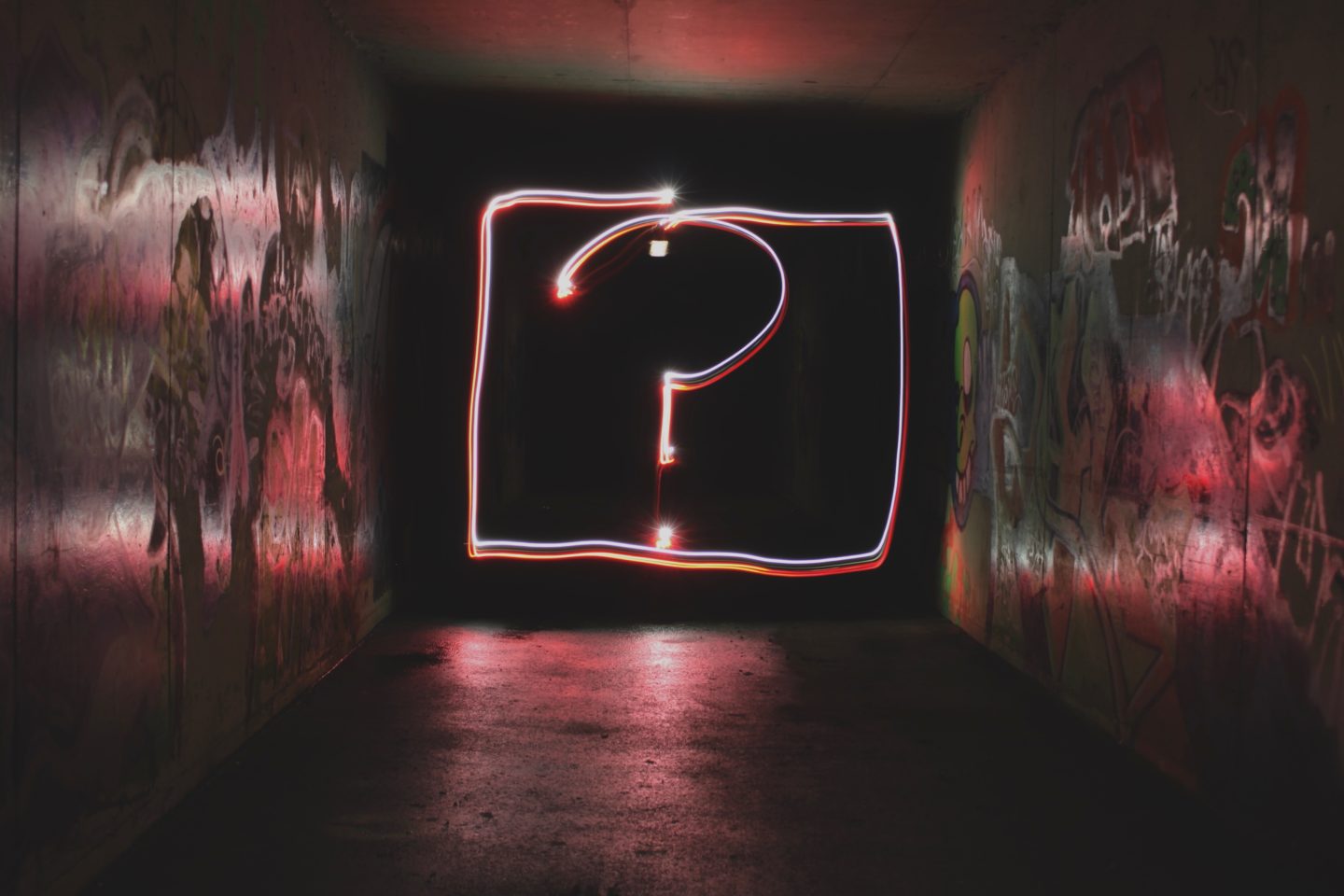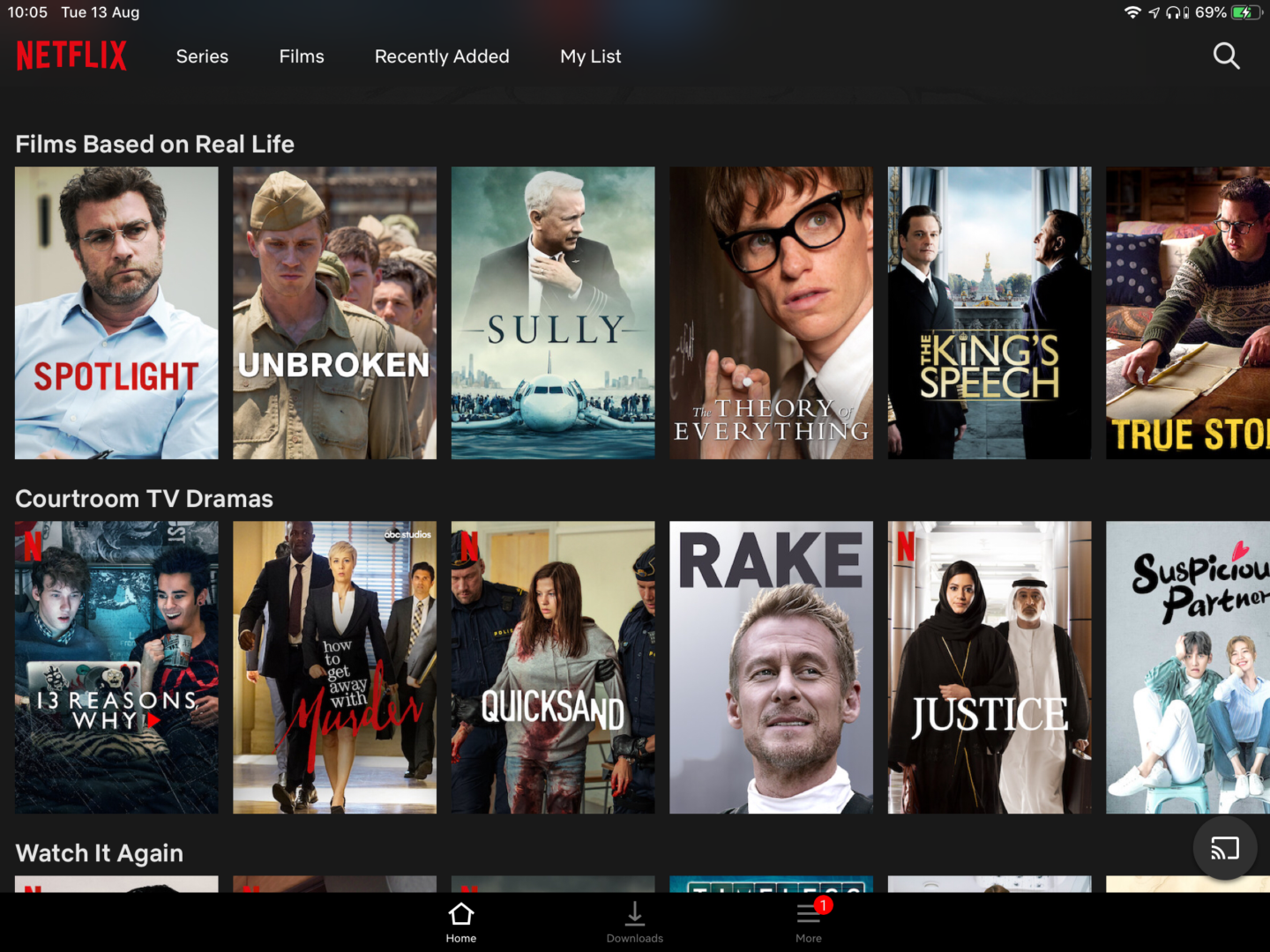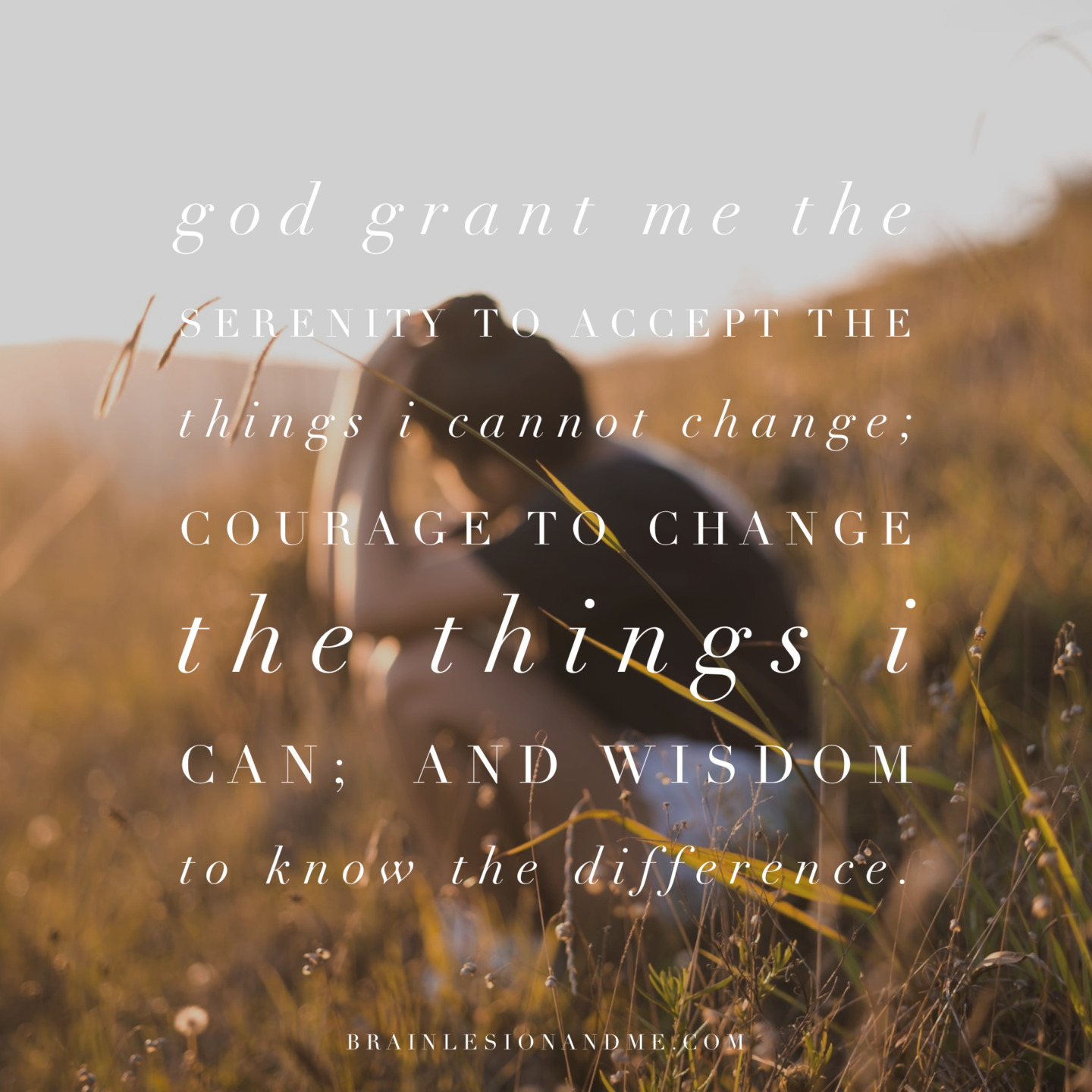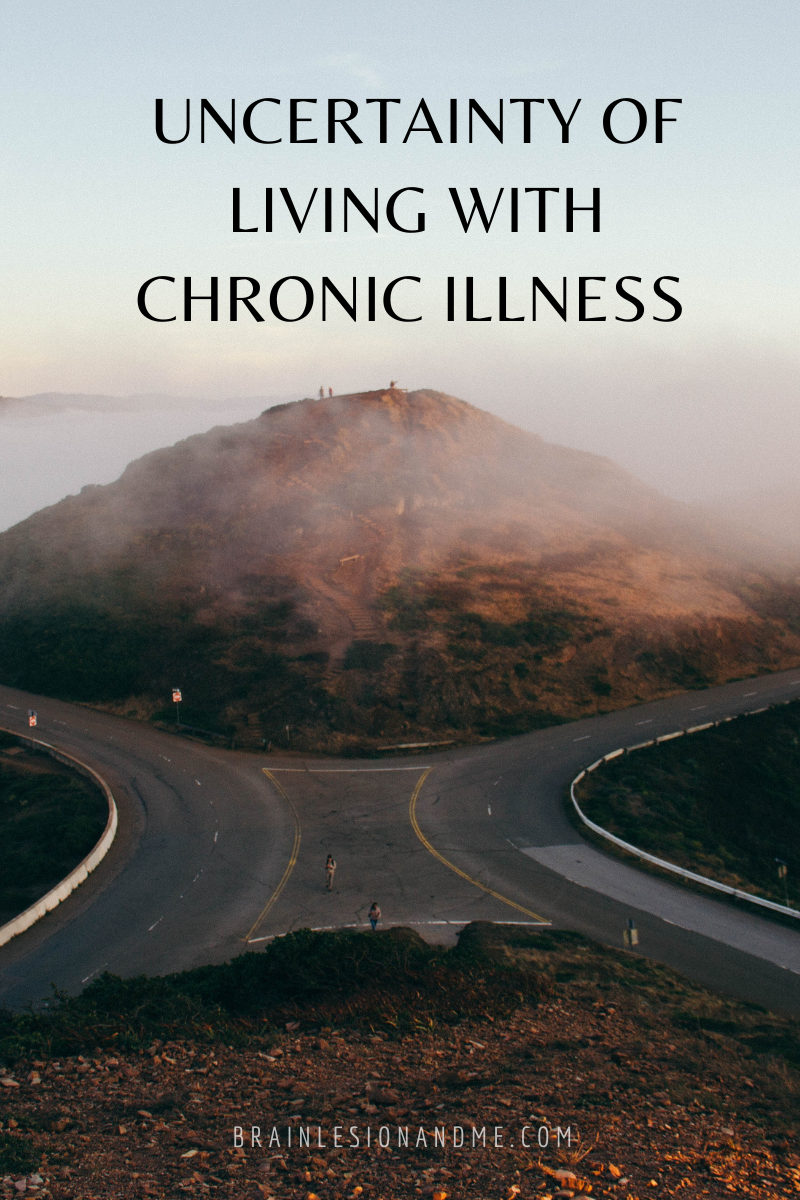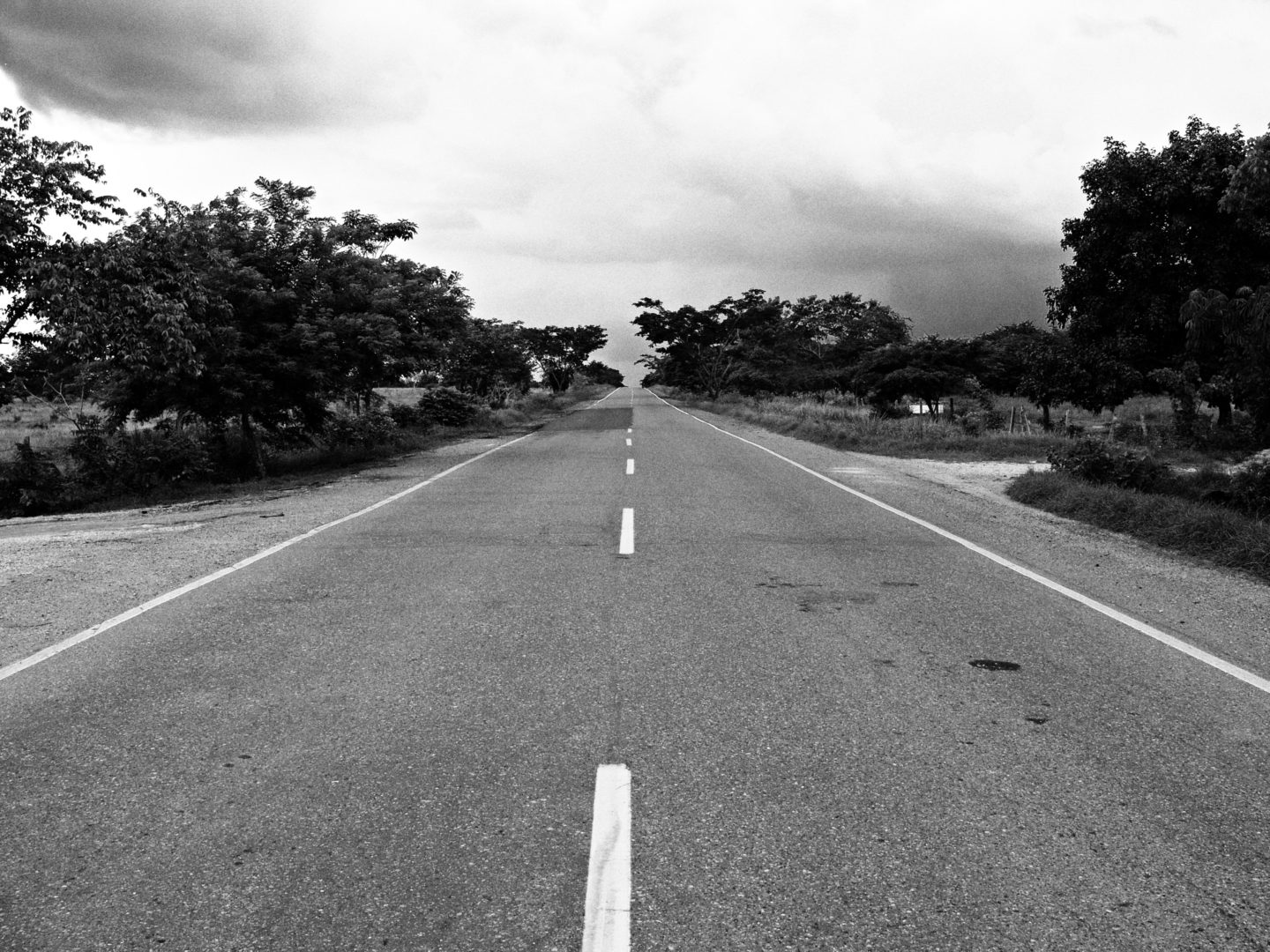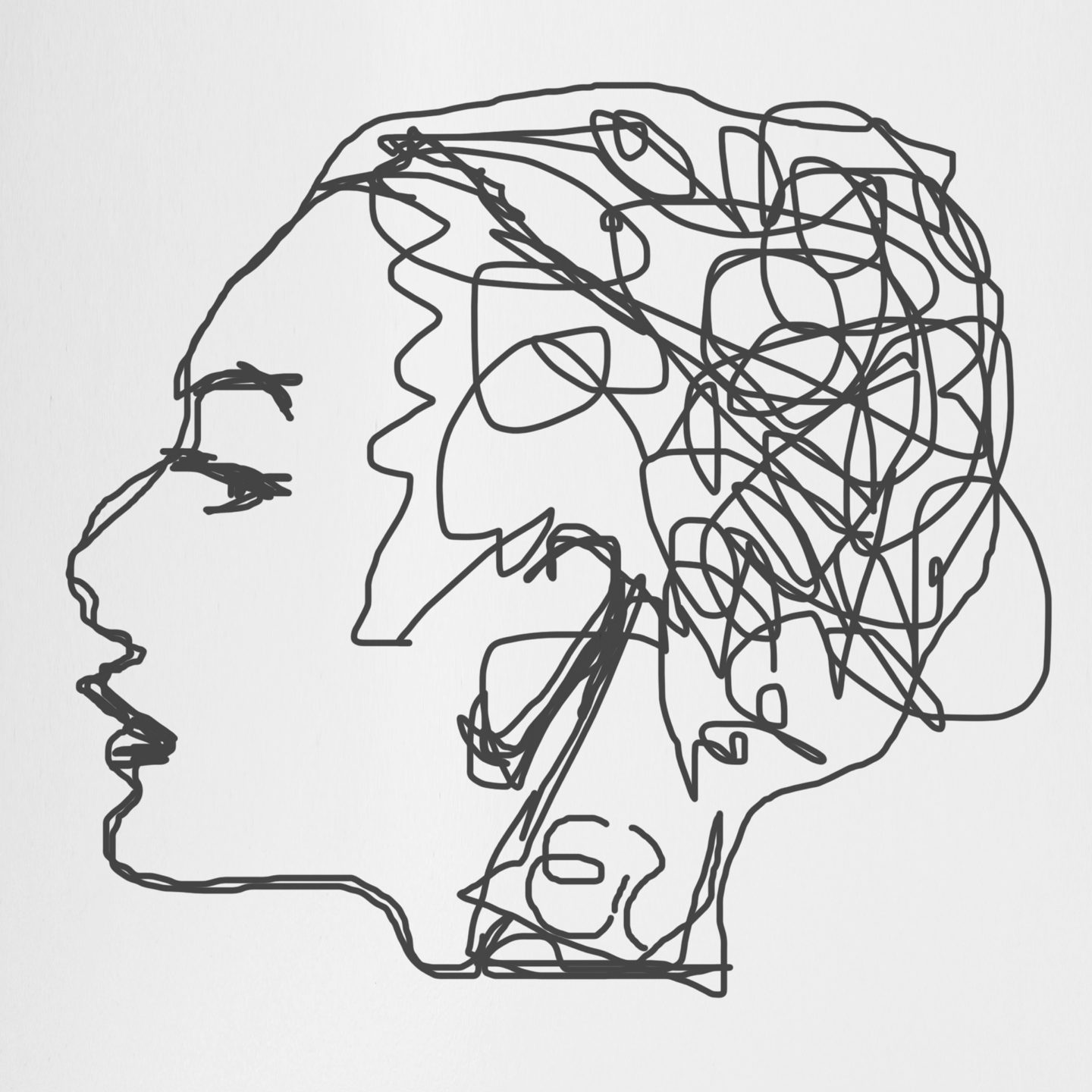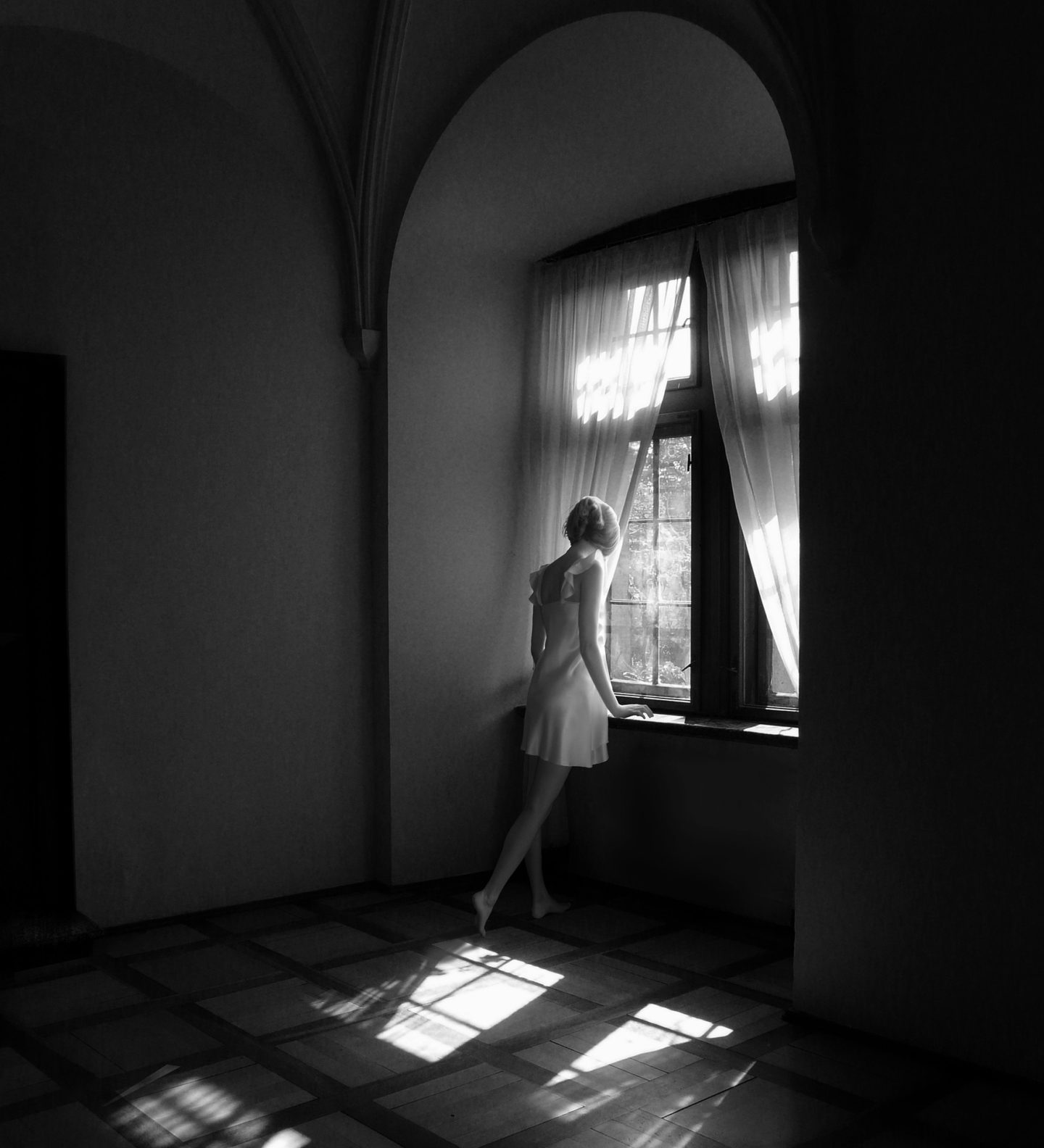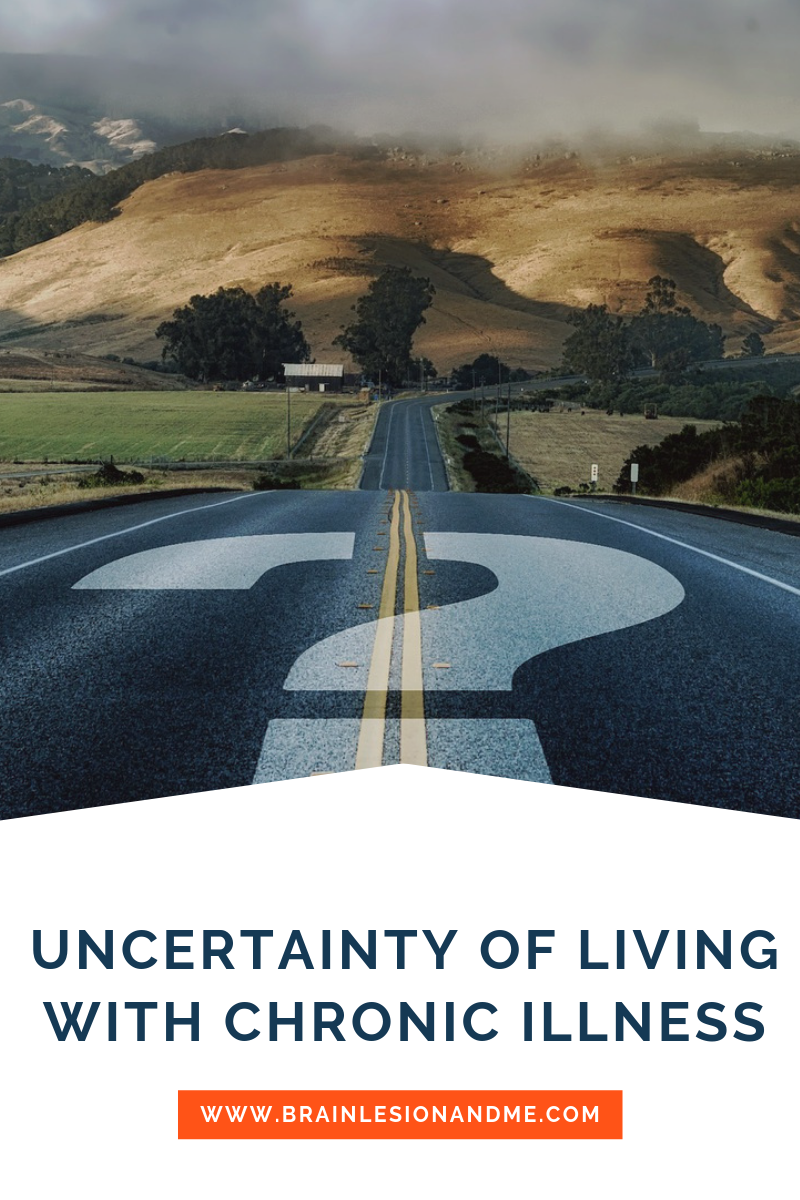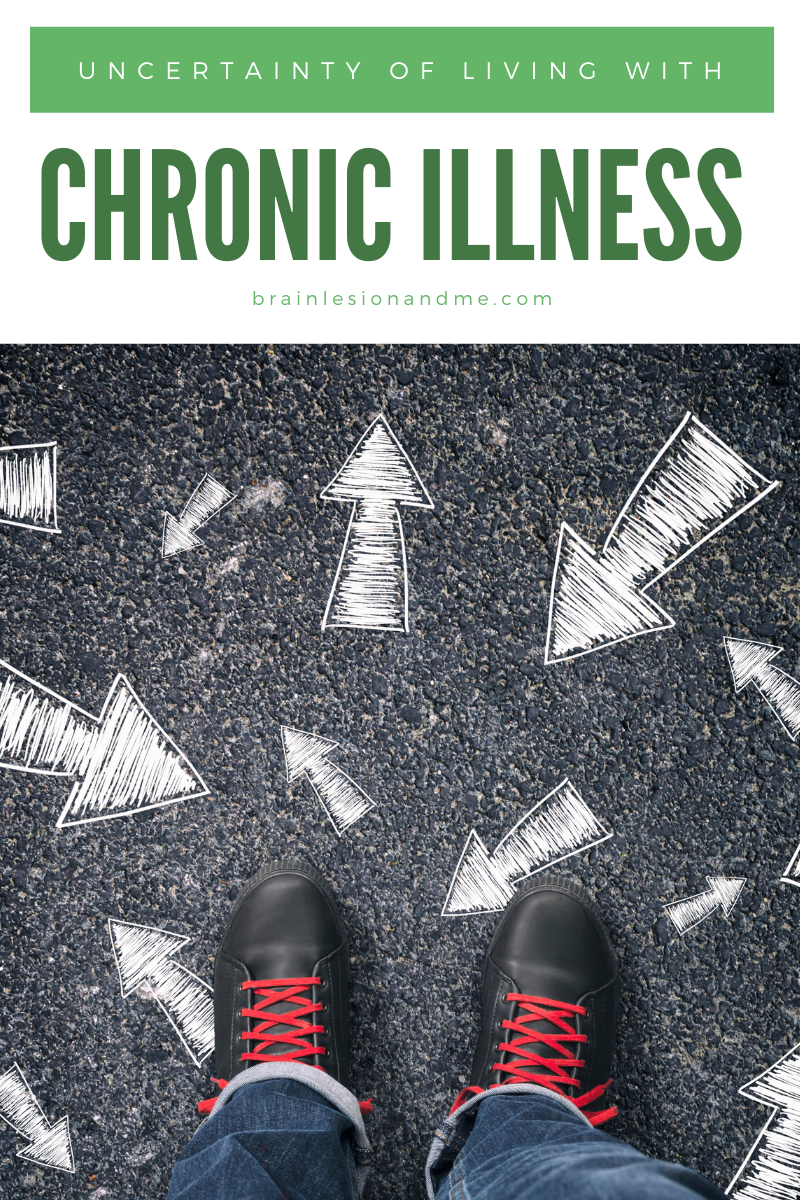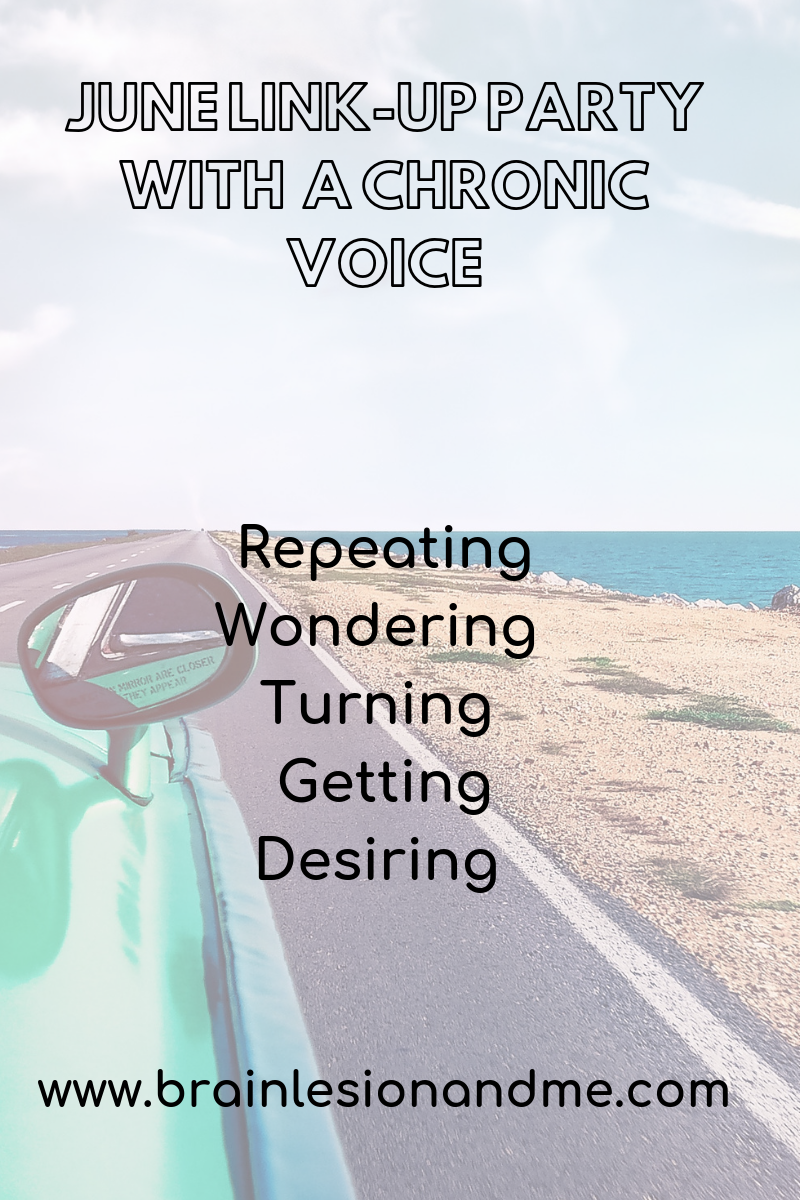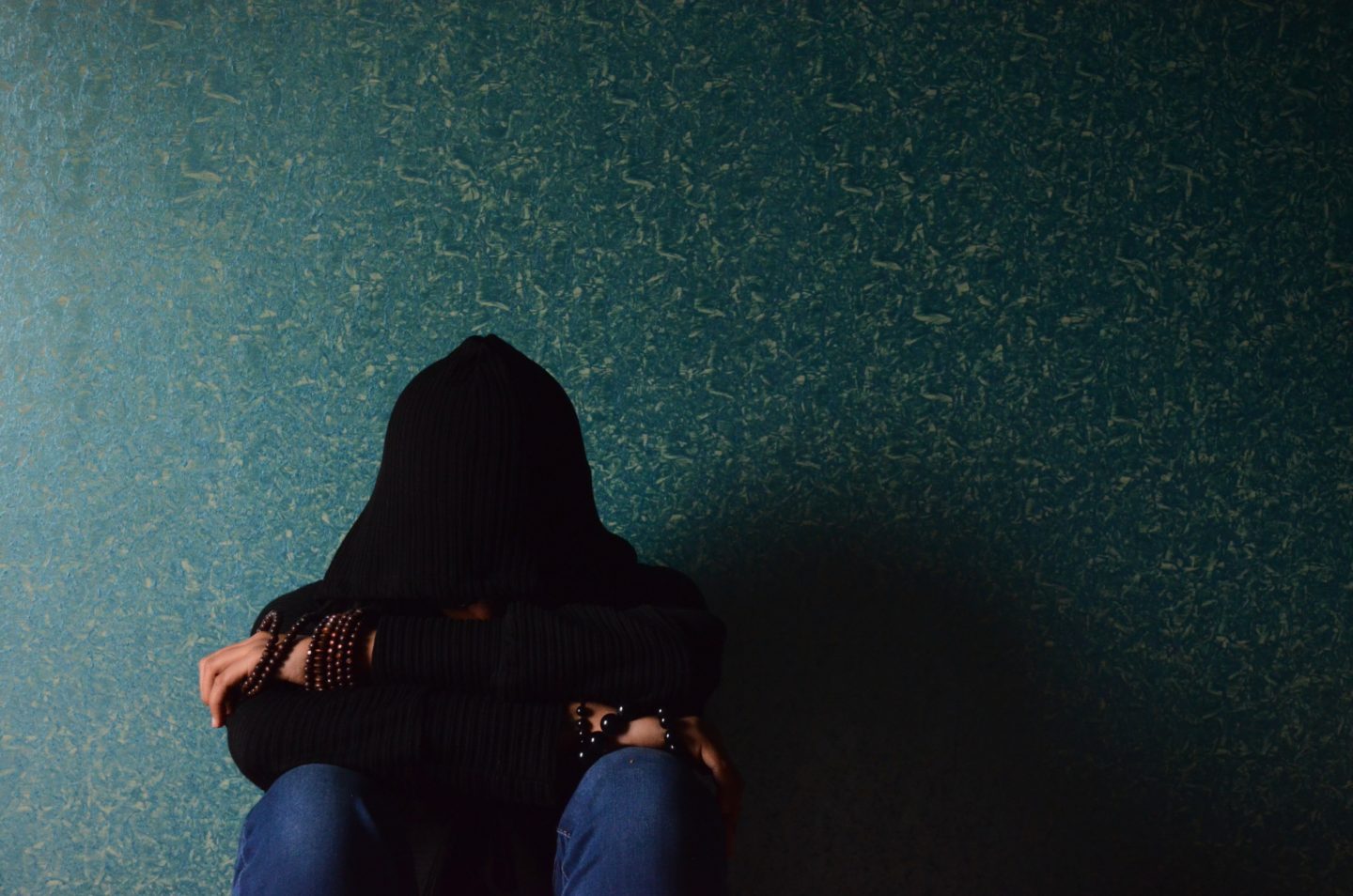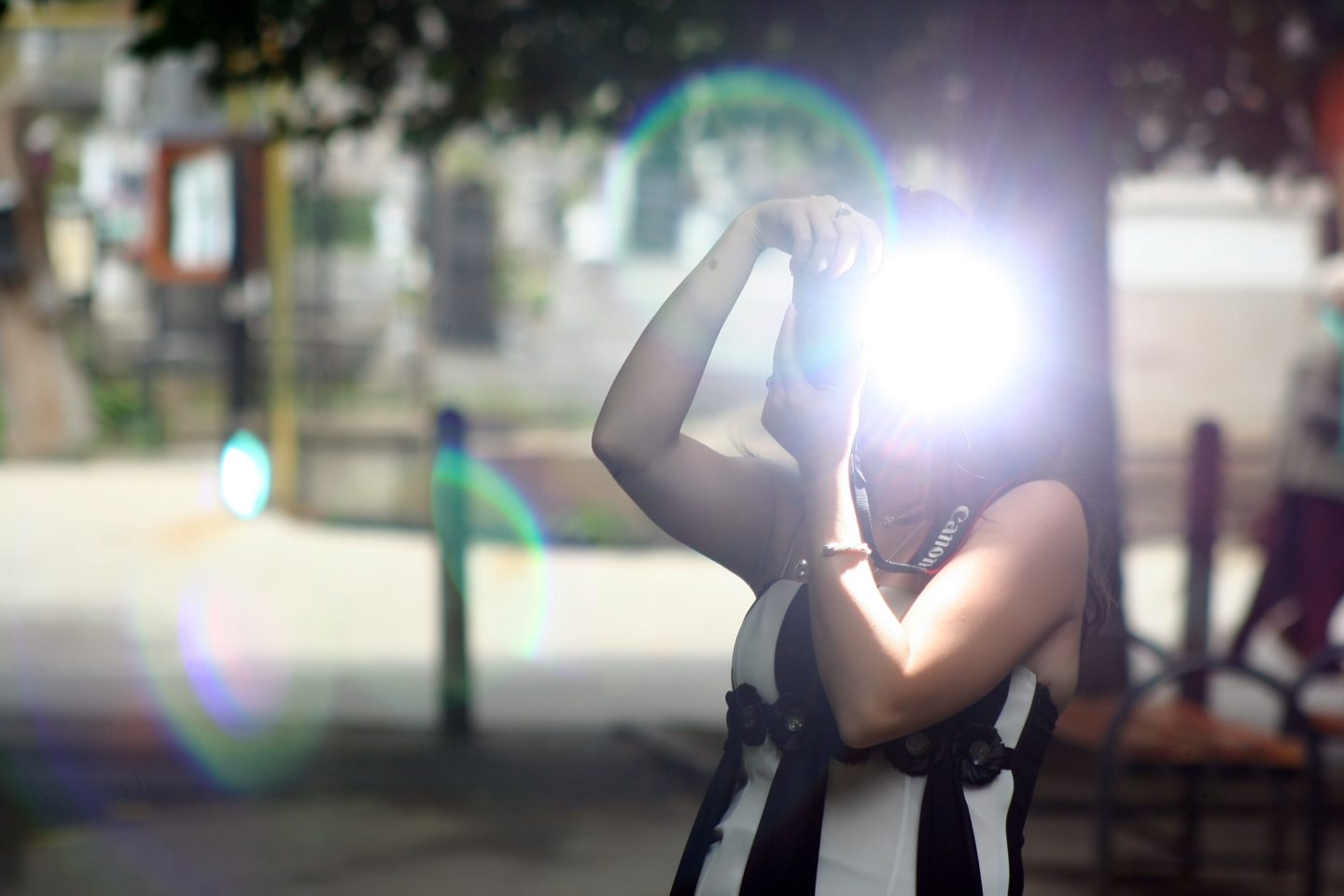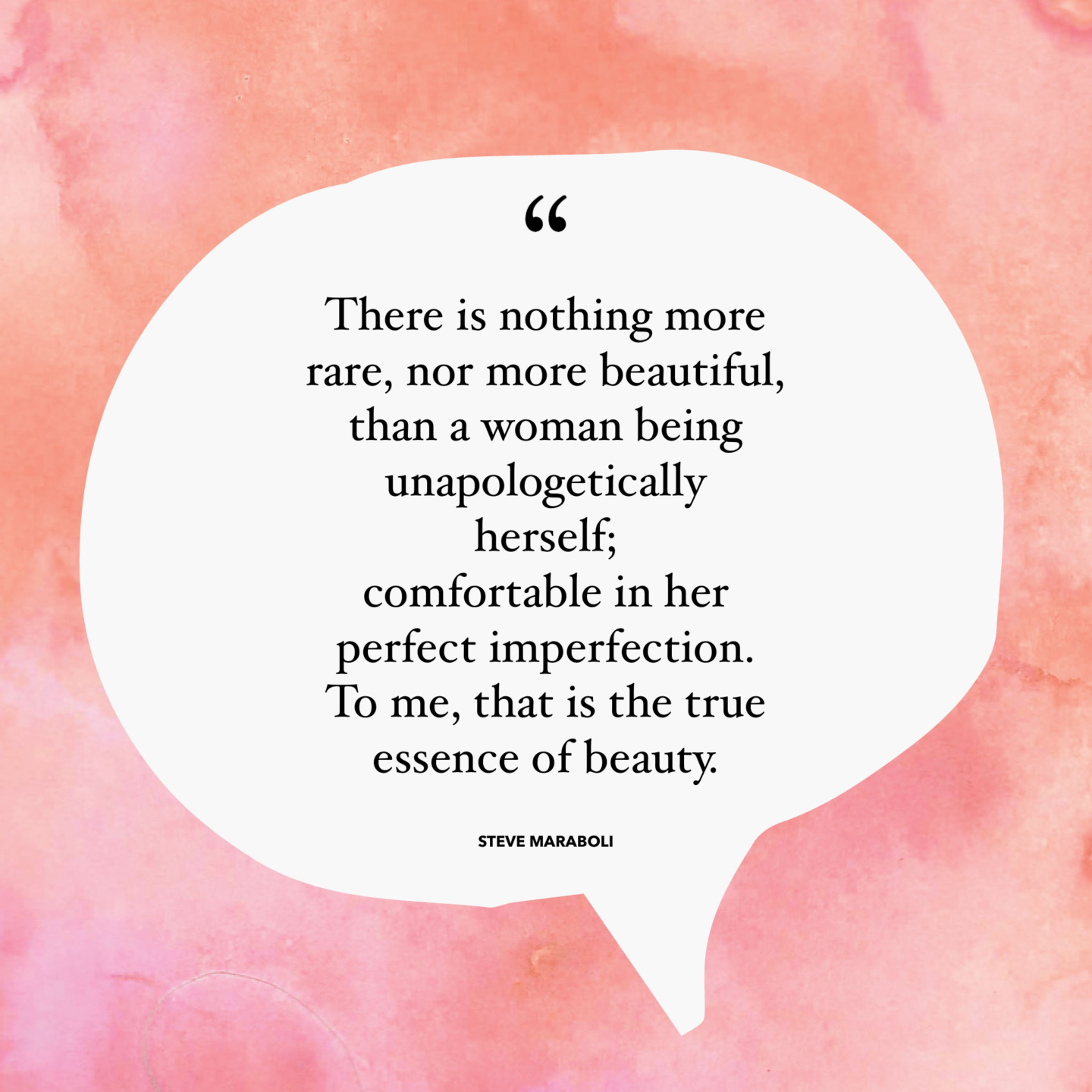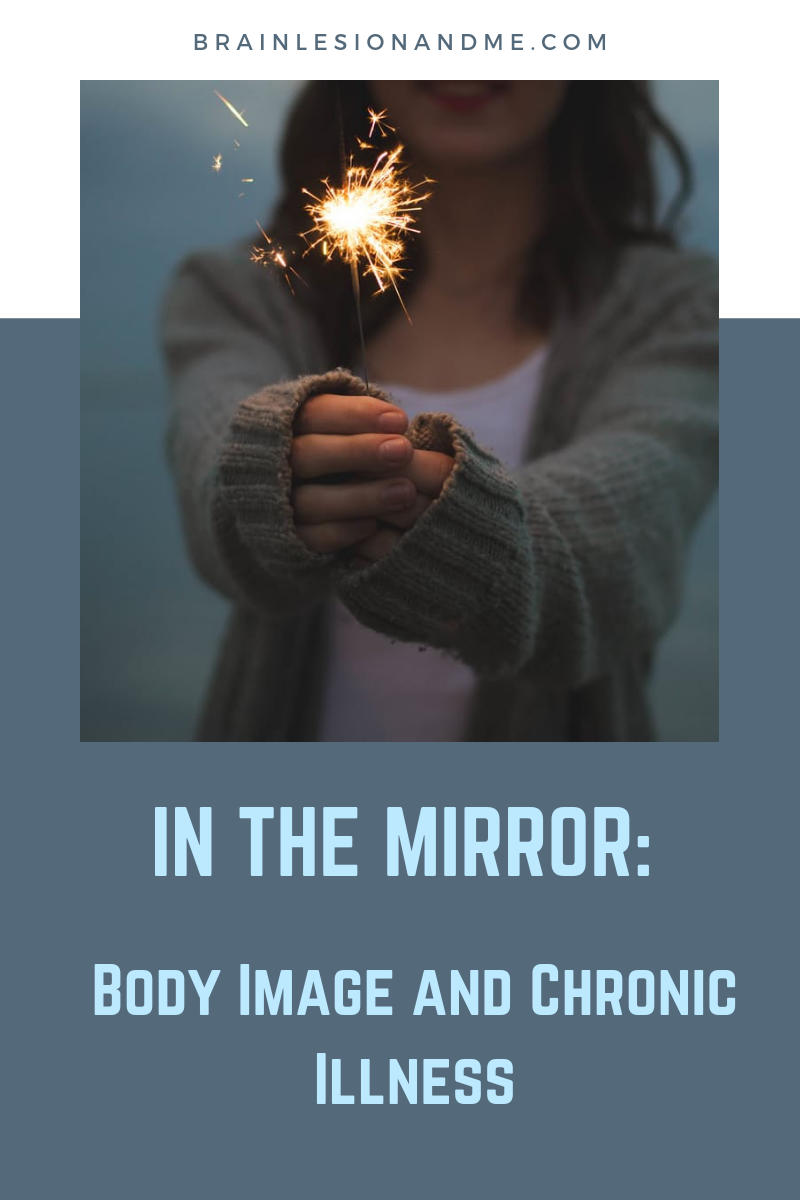When we are unwell, healing and recovery desperately become the destination we wish to reach. The words become a beacon of hope; signalling the finish line at the end of a long and arduous race, the finish line indicating the end of the struggle of illness, the aspiration for lives to continue after being on pause. And for life to return to normal.

But when living with a chronic illness, however, there is no finish line. There is no end to sickness and with it, suffering. Life can never, and will never return to normal. Normal now consisting of pain, fatigue and everything else that living with a chronic illness entails.
"But when living with a chronic illness, however, there is no finish line. There is no end to sickness and with it, suffering. Life can never, and will never return to normal." Click To TweetAs such, words like healing and recovery are not ones that I can relate to; how can these words apply to life with a chronic illness which by definition has no cure?
Healing and Recovery Is Not Always Black and White
When we think of healing and recovery in regards to health, it often seems black and white. When such ailments continue, never to go away, healing and restoration, therefore, can never be. If healing and recovery were at the finish line of a marathon, it sadly is one that many of us may never reach.
"When such ailments continue, never to go away, healing and restoration, therefore, can never be. If healing and recovery were at the finish line of a marathon, it sadly is one that many of us may never reach." Click To TweetIn a thought-provoking article on Psychology Today, Lissa Rankin, M.D. discusses the differences between healing and curing. In the article, Rankin describes curing as “eliminating all evidence of disease” and healing as “becoming whole.”
Healing and recovery should be about much more than eliminating symptoms. Instead, it should be a continuing process of building a stronger foundation for ourselves.
"Healing and recovery should be about much more than eliminating symptoms. Instead, it should be a continuing process of building a stronger foundation for ourselves." Click To TweetFocusing on The Losses
Yes, it can be demoralising when the losses acquired start to increase steadily. When chronic illness starts to chip away at everything that defines us, we are left wondering ‘what now?’
It is easy to focus on what illness has taken away; concentrating on the sad reality that regaining health and reclaiming our past normal life may not be possible.
We fail to recognise even the smallest physical or mental improvements. The ability to walk further than the week before. Taking up a favourite hobby or past time again, or doing something you couldn’t do before can be considered as improvements.
If these are improvements, could they not also be considered an endorsement for healing and recovery? Perhaps the conventional definitions of such terms are too limiting, particularly for those living with long-term health conditions. They suggest an all-or-nothing deal, and as such one that those living with chronic conditions cannot have.

But if we begin to define recovery and healing for ourselves. For healing and restoration to mean anything, we want it to be. A definition that is meaningful to us, and our circumstance, healing and recovery can mean something beyond “being better.”
The Long Road of Healing and Recovery
However, recovery and healing are not always straightforward, especially when it involves chronic illness. Healing and recovery are a process – one full of discoveries and setbacks and wrong turns.
"Recovery and healing are not always straightforward, especially when it involves chronic illness. Healing and recovery are a process – one full of discoveries and setbacks and wrong turns." Click To TweetHealing and recovery consist of many ups and downs; the process of setbacks and personal victories repeated multiple times. There may be weeks of experiencing minimal symptoms and relatively good health. Only then to be followed by a severe and debilitating flare. An increase in symptoms so relentless that even the smallest activity induces significant fatigue. The improvements seen during the brief periods of wellness, snatched away as illness claims us once again. The signs of healing and recovery vanished within a blink of an eye.
The bad days don’t suddenly go away. But neither do we start back at square one after setbacks and deteriorations. The lessons gained during previous flares allows us to modify our life accordingly. And these modifications can help decrease the severity of symptoms, and help lessen the recovery time from debilitating flares.
Finding An Equilibrium Between Illness and Wellness
Living with a chronic illness is living with the knowledge that our health will fluctuate every day for the rest of our lives, continually trying to find an equilibrium between illness and feeling well.

The bad days they are accompanied by challenging symptoms and faced with seemingly impossible challenges. The days where the balance of power tipped in favour of illness can seem like a quest, demanding extraordinary willpower and resilience to complete the simplest of tasks and to achieve your goals.
It is on these days; the days when the struggle to reach healing and recovery seems like an impossibility, that it is easier to give up and succumb to illness and its accompanying symptoms and drama. To give up trying to change something which cannot be changed.
Embracing the Unknowns of Life With Chronic Illness
But perhaps a part of healing and recovery involves accepting the reality of the long-term presence of chronic illness. And instead of trying to change the unchangeable, healing and recovery is making the best of the given situation and exploring what it means to live well with this new reality.
"Instead of trying to change the unchangeable, healing and recovery is making the best of the given situation and exploring what it means to live well with this new reality." Click To TweetHealing is accepting the many unknowns of chronic illness and embracing it as a part of everyday life. Recovery consisting of small, incremental steps toward better and improved health. And not fixating on the struggle and disappointment of not living up to our often unrealistic expectations. Or stressing about tomorrows or the ‘what-ifs’ of today.

Finding Healing and Recovery In Everyday Life With Chronic Illness
One of the most frustrating aspects of living with a chronic illness and one which I am currently experiencing is symptoms suddenly making doing something or going somewhere, extremely challenging, where once it came so naturally. It can often seem like the symptoms of illness, enjoys putting a stumbling block in our way to make even the easiest of tasks downright challenging.
I find healing and recovery, however in the small and incremental steps toward being able to do that something or go to that particular place less daunting and not as much of a challenge as the symptoms make it out to be. I find healing and accomplishment when I can do that something or go somewhere that before felt impossible. There is a knowledge, however, that another flare may once again make these accomplishments, challenges once more. Still, after overcoming it once, they don’t seem quite as daunting or impossible as during that first encounter.
"I find healing and recovery, however in the small and incremental steps toward being able to do that something or go to that particular place less daunting and not as much of a challenge as the symptoms make it out to be." Click To TweetHealing is letting go of the guilt of not being able to this or that. Healing comes from no longer searching for the ‘why’ this has happened, but accepting that it is. And allowing ourselves the need for rest and recuperation is also a sign of healing and recovery.

It is accepting of spending a little time doing chores and stopping to rest. Letting go of the idea that we should be doing more, and not pushing ourselves harder to see what we can handle is signs of healing and recovery.
Final Thoughts
I still have a chronic illness. I still suffer the effects of living with FND. It again flares, and making life difficult and challenging. It’s not healed in terms of the conventional definition, but I am still on a lifelong healing and recovery journey. One that will continue to ebb and flow, much like the symptoms that accompany it.
"I'm not healed in terms of the conventional definition, but I am still on a lifelong healing and recovery journey. One that will continue to ebb and flow, much like the symptoms that accompany it." Click To TweetFND does and will continue to present limitations and stumbling blocks. Still, I can continue to find healing and recovery by overcoming such challenges and making changes to the way I live my life that will continue living with such limitations easier.
